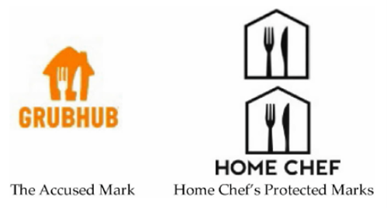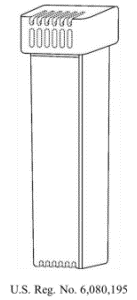Addressing a preliminary injunction in patent litigation related to the Biologics Price Competition and Innovation Act (BPCIA), the US Court of Appeals for the Federal Circuit upheld the district court’s grant of a preliminary injunction, finding that there was a proper exercise of personal jurisdiction and that no substantial question of invalidity had been raised for the patents at issue that would prevent the injunction from issuing. Regeneron Pharmaceuticals, Inc. v. Mylan Pharmaceuticals Inc., Case No. 24-1965 (Fed. Cir. Jan. 29, 2025) (Moore, C.J.; Reyna, Taranto, JJ.)
Regeneron holds a Biologics License Application for Eylea®, a therapeutic product containing aflibercept (a VEGF antagonist used in various treatments for eye diseases). Regeneron owns multiple patents related to its Eylea® product, including a patent directed to intravitreal injections using VEGF formulations. Mylan, Samsung Bioepis (SB), and other companies filed abbreviated Biologics License Applications (aBLAs) with the US Food and Drug Administration (FDA) seeking approval to market Eylea® biosimilars. Regeneron brought suit against these parties asserting infringement of its patent and filed a motion for a preliminary injunction.
The district court granted the preliminary injunction against SB, enjoining it from offering for sale or selling the subject of its aBLA without a license from Regeneron. SB appealed, arguing that:
- The exercise of personal jurisdiction over it was improper.
- There was a substantial question of invalidity of the patent under either obviousness-type double patenting or lack of adequate written description.
- There was no causal nexus established.
The Federal Circuit upheld the exercise of personal jurisdiction on SB, finding that SB had minimum contacts with the state of West Virginia. SB is headquartered in South Korea and entered into a development and commercialization agreement with Biogen for a biosimilar to Eylea®, SB15, that gives SB continuing rights and responsibilities as the agreement is implemented. The Court found that SB did not have to distribute the product itself under the agreement for it to be subject to personal jurisdiction. Further, the Court found that SB’s aBLA and internal documentation indicated an intent to distribute SB15 US-wide, which was sufficient to establish intent to distribute the product in West Virginia.
The Federal Circuit also upheld the district court’s grant of the preliminary injunction. SB invoked another patent in the same family as the asserted patent that was directed to an intravitreal injection containing a VEGF trap as the reference patent for an obviousness-type double patenting theory. The Federal Circuit upheld the district court’s findings that the stability requirement, the “glycosylated” requirement, and the “vial” limitations in the claims of the asserted patent were all patentably distinct from the reference patent. The Court found that the stability requirement recited in the asserted patent was more specific than, and not inherent within, the reference patent. The Court further agreed that the reference patent embraced both non-glycosylated and glycosylated aflibercept, not only the glycosylated aflibercept contained in the asserted patent claims.
The Federal Circuit then addressed SB’s arguments that the specification lacked sufficient written description for the claimed [...]
Continue Reading
read more

 Subscribe
Subscribe







